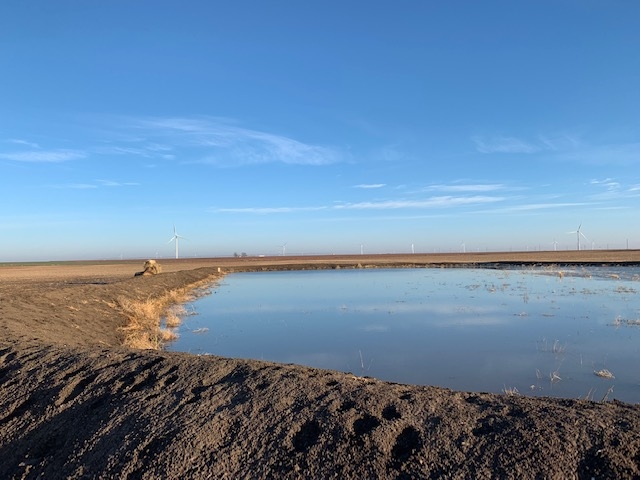Habitat Practices & Methodology
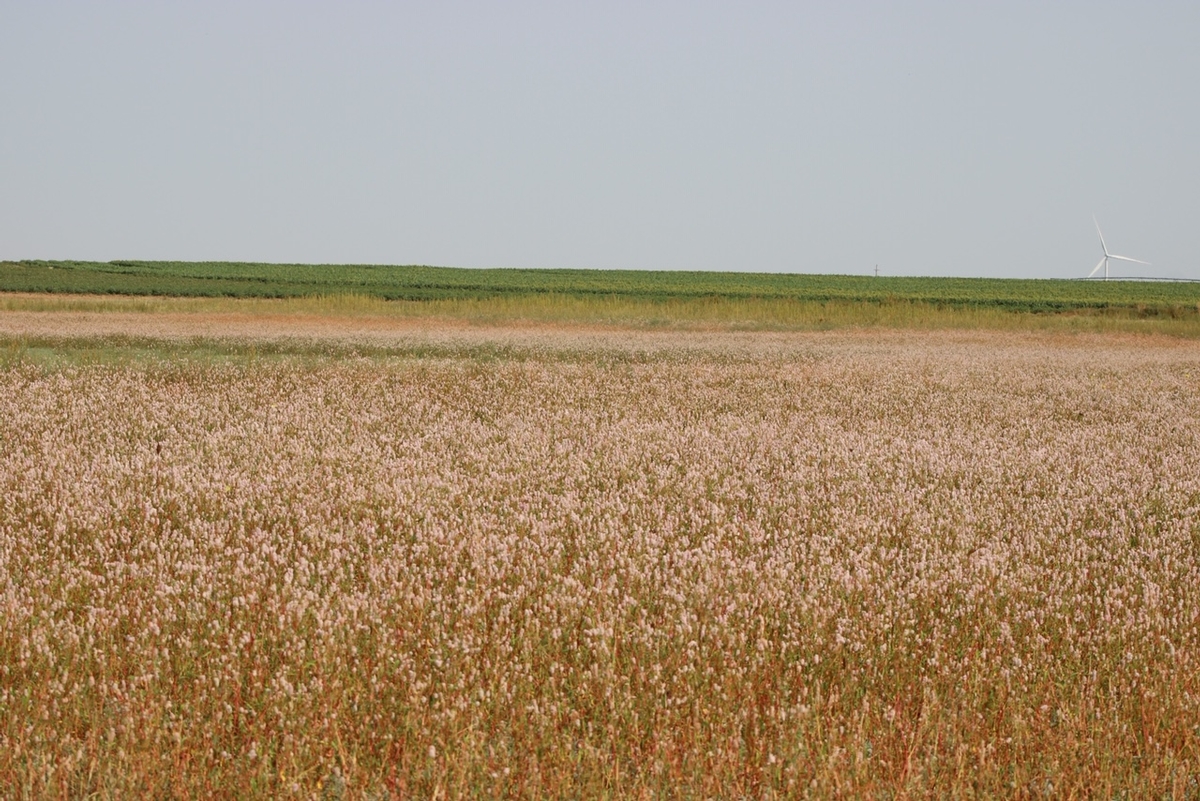
Playa Lake Restoration & Enhancement
Playa lake restoration and enhancement is a key area of focus in Texas as playa lakes are a key resource for wildlife, people, and the recharge of the Ogallala aquifer. Historically playa lakes have been farmed through, grazed out, or modified for various agriculture production purposes.
Playa lake restoration can include practices such as excavation to fill pits, irrigation ditches or other modifications. We plant grass buffers planted around playa lakes to keep silt from filtering into the lake bottoms blocking its normal aquifer recharge functionality.

Moist Soil Management
In a region with unpredictable and inconsistent rainfall our Moist Soil Management or "Duck Pond" practices have been a real success by offering almost all of the targeted wildlife a consistent water resource year in and year out including deer, upland birds, dove, and waterfowl. Playa lake seedbeds sit dormant for sometimes years at a time until the right conditions stimulate wetland vegetation response.
Our practice of building moist soil impoundments allow for consistency and an increased availability of usable days for waterfowl and other birds based on keeping consistent playa lake vegetation and water available for wildlife. We locate these "duck ponds" in areas that were previously tailwater pits or parts of playa lakes which were historically used for irrigation and optimize the use for the benefit of wildlife while maintaining conservative water management practices.
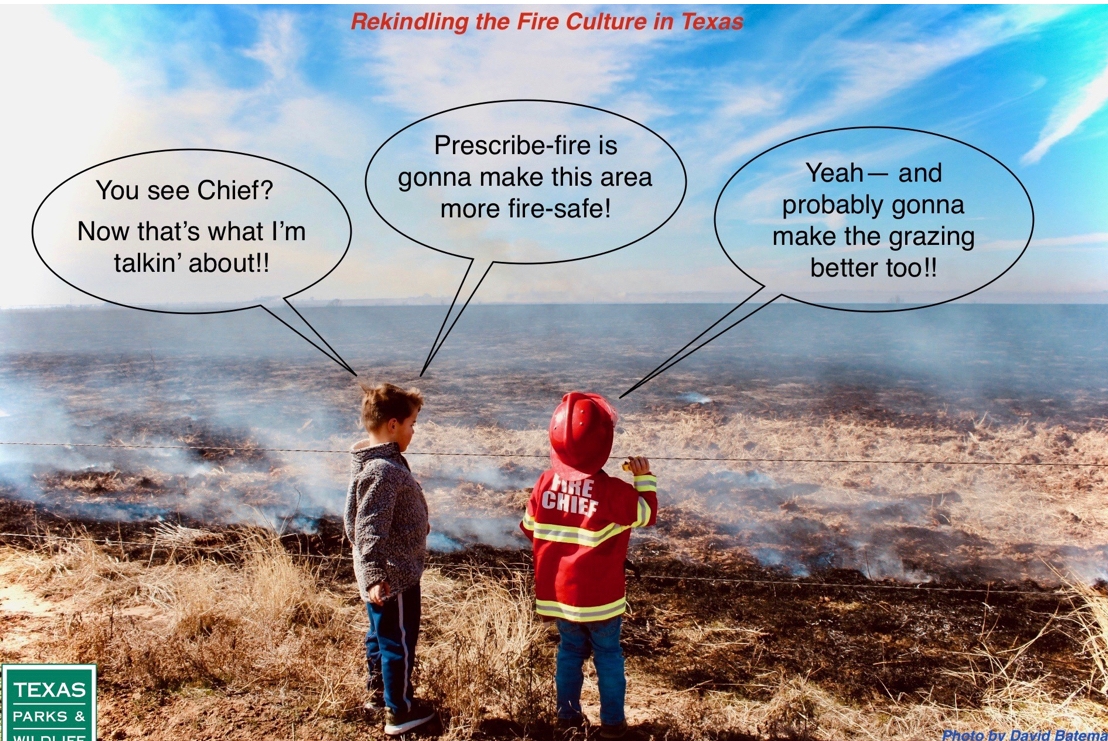
Prescribed Fire & Controlled Burning
Prescribed fire and controlled burning are a great way to to re-establish primary succession and develop habitat for upland and grassland birds as well as deer and other animals.
We generally burn our CRP or grasslands every 5-7 years to utilize this practice. Vegetation that is burned by fire provides a rich source of nutrients for the soil that nourish grasses and other vegetation.
.jpg)
Playa Lake Buffer & Grassland Establishment
The establishment of grassland buffers around Playa Lake habitat is critical for the success of a functioning playa lake.
We plant native grasses and turn previously cultivated lands into grasslands, with a focus on wildlife habitat both around playa lake buffers but also in the uplands around them creating more habitat for wildlife on our lands.
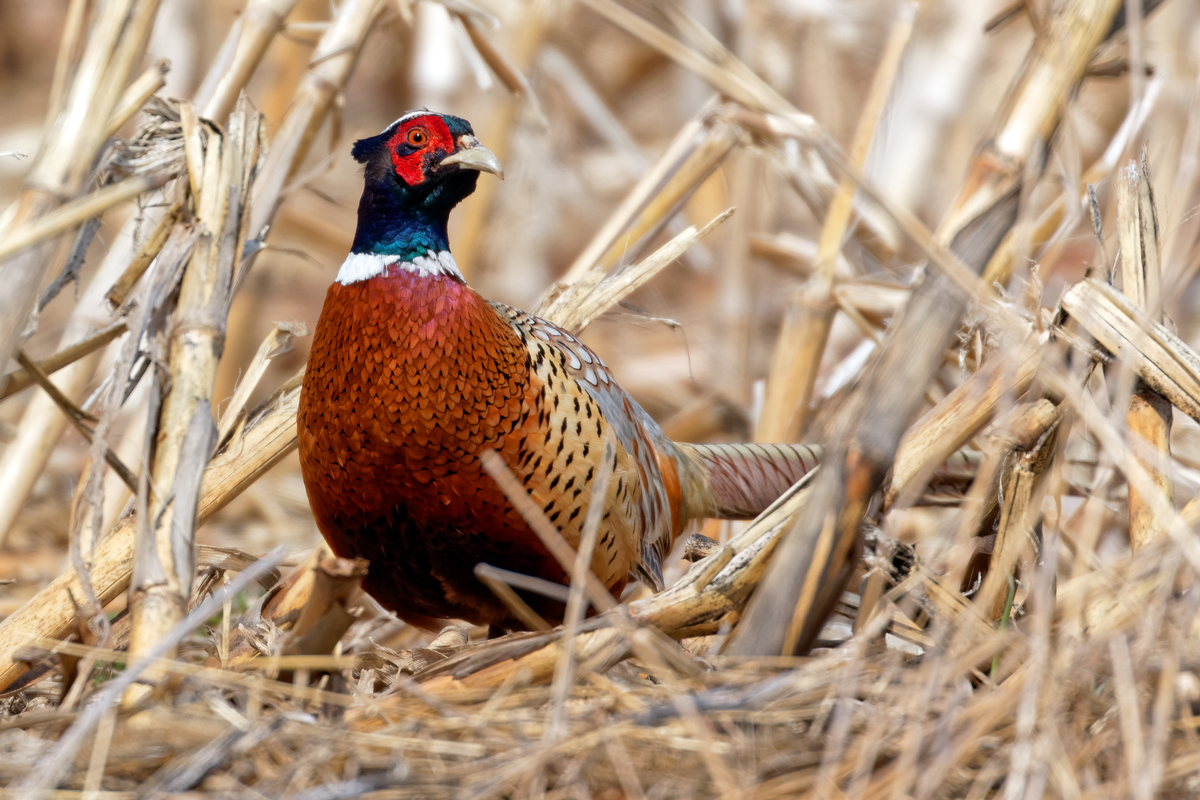
Wildlife Focused Farming Practices
Farming practices with a secondary goal of benefiting wildlife is a concept we use on our lands.
This includes leaving an extra row of grain around the edge of cover, foodplots, or designing our farming operation to allow for smaller cultivated fields interconnected through transition cover.
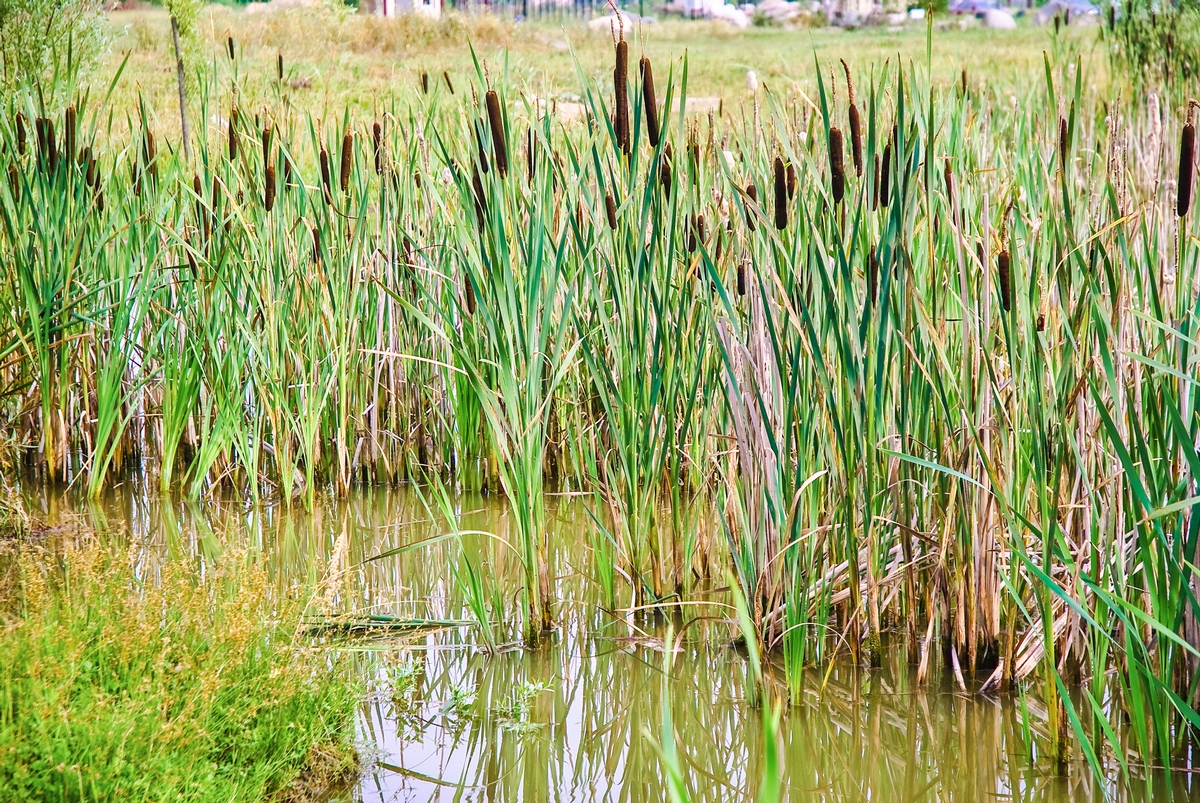
Resource Proximity
Proximity of major resources for wildlife is the key driver in the success of populations. Food, water, and shelter within a close proximity connected through transition cover is key for thriving populations.
We use this concept of "Resource Proximity" when designing our habitat development, improvement, or enhancement projects and have seen major successes with increasing populations of upland birds, waterfowl, and deer using our lands.
Wildlife Watering Infrastructure
Wildlife watering infrastructure in close proximity to food and cover is probably the most critical infrastructure for sustainable and increasing populations of upland birds and deer.
A lot of our land is irrigated and we put in wildlife watering infrastructure, whether this be guzzlers, small ponds or moist soil impoundments we aim to make water available for the use from wildlife while also conserving this precious resource in our semi arid region.
